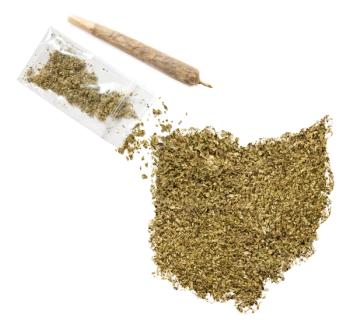
Connecticut Cannabis Sales Reach $22 Million in March
Recreational and medical cannabis in Connecticut have profited $22.1 million in sales in March 2023.
In March 2023, the recreational and medical cannabis market in Connecticut have generated $22.1 million in sales (1). This is a 20% increase from the previous month.
First launched on January 10th, Adult-use sales accounted for nearly 43% of the total. The previous month, February, recreational cannabis use transactions held 38% of the $18,466,141 in total cannabis sales in the state.
Connecticut has 5 dispensaries transitioning to recreational sales throughout the state. Since January 2023, medical cannabis patients have decreased by about 2,300. The number of medical cannabis patients in the state is nearly 47,000, according to state data (1). This gap in sales between recreational and medical cannabis could shorten in the months to come. Pricing for adult-use cannabis has decreased by 8% since January while, medical cannabis products have stayed stagnant at $36.55.
Cannabis retailers in Connecticut are anticipated to bring in $200 million in recreational transactions and generate $149 million in medical cannabis sales, according to MJBiz’s recently released 2023 Factbook (2).
References
Newsletter
Unlock the latest breakthroughs in cannabis science—subscribe now to get expert insights, research, and industry updates delivered to your inbox.





